Homer Watson (1855–1936), the self-taught artist whose paintings captured the rural Canadian landscape, had complicated reactions to Tom Thomson (1877–1917) and the artists who in 1920 formed the Group of Seven. He admired the seriousness that they brought to making art, but he had two significant concerns. One was stylistic. He viewed with skepticism the group’s brilliant colours and strongly design-based compositions: characteristics on full display in, for example, Sunset, Kempenfelt Bay, 1921, by Lawren Harris (1885–1970) and Mist Fantasy, Northland, 1922, by J.E.H. MacDonald (1873–1972). He interpreted their style as being too artificial, as more grounded in design and borrowed style rather than based in the artists’ personal connections to their subjects, and thus as too detached from nature itself. “Lines, patterns, symbols are all very well,” he fretted in 1933. “They are necessary in a big design, but of themselves are useless or meaningless unless clothed with the authority a study and love of nature only can give.”
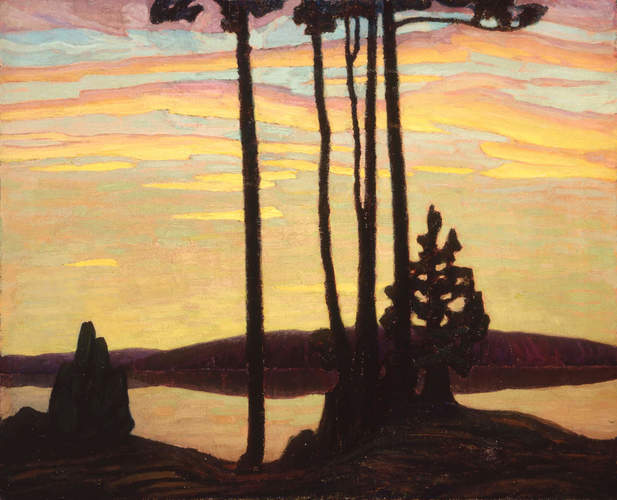
Oil on board, 81.3 x 101.6 cm, collection of the Power Corporation of Canada
Beyond his worries about stylistic modernism, Watson resented suggestions that Thomson and the group produced art that was profoundly Canadian—but that he did not do the same. During the 1920s the group successfully promoted, to institutional and private collectors alike, a nationalist form of modernism that located the unique promise of Canada in the rugged, sparsely populated Precambrian Shield rather than in Watson’s familiar and settled landscapes.
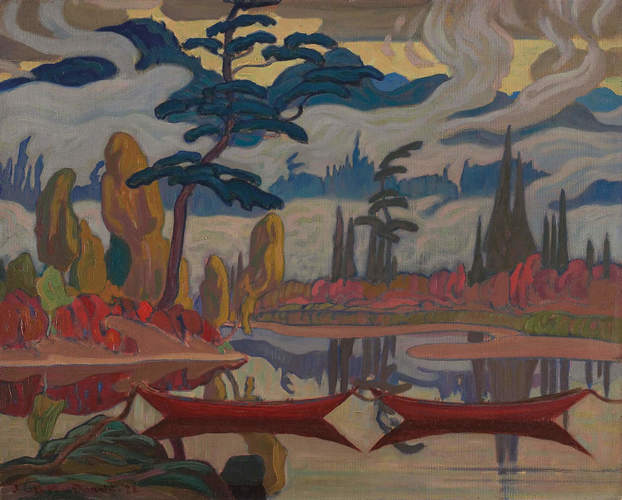
Oil on canvas, 53.7 x 66.7 cm, Art Gallery of Ontario, Toronto
Watson felt that his rural imagery was being ignored not only because it did not employ the stylistic traits of the Algonquin Park and Algoma artists, but also because it had, as its subject, landscapes that displayed the productive relationship between a location and the people who lived there. “I won’t be made to think that all of Canada is north country. Canada to me is where man lives . . . and advances his country by refining influences. Thomson’s The Jack Pine, 1916–17, might be iconic, but for Watson pine trees were “no more Canadian than our elms, oaks or maples,” the deciduous trees that—as in Grand River Valley, c.1880—he spent his career painting with such devotion.
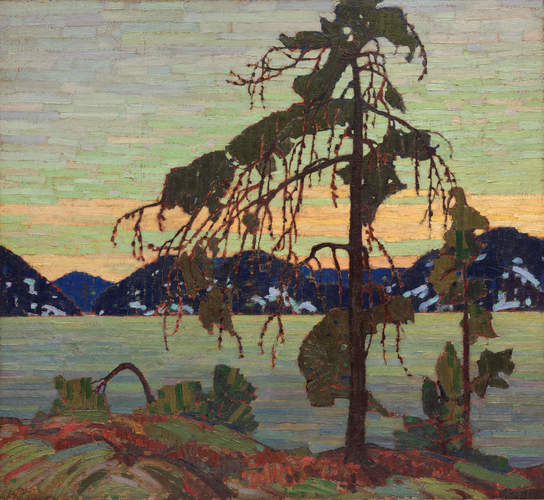
Oil on canvas, 127.9 x 139.8 cm, National Gallery of Canada, Ottawa
The Group of Seven spoke directly to evolving attitudes during the early twentieth century. Canada’s exploits during the First World War, and its promising future as an independent nation with vast natural resources and an expanding population, bolstered a belief that the country was coming into maturity at home and internationally. The group’s insistence on the uniqueness of the Canadian landscape fed an intensifying interest in articulating a specifically Canadian identity: one that could be expressed visually through physically challenging landscapes portrayed in dynamic modernist languages. Conversely, Watson clung to the local landscapes that he loved: a trait that endeared him to the likes of Hector Charlesworth (a conservative critic hostile to the brashness of the group), but that marked him as being out of touch with more forward-looking moods. And whereas the group’s bright palettes and decorative compositions offered visual drama, Watson’s forays into thick paint application and sometimes eccentric colour choices seemed more isolated than modern.
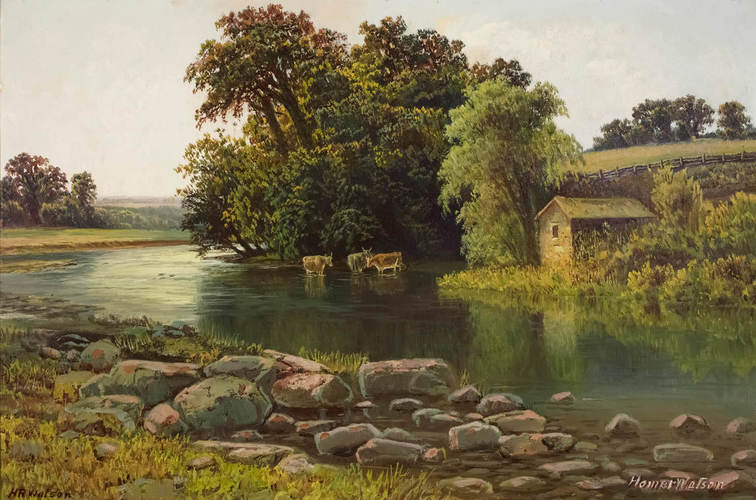
Oil on board, 30 x 45 cm, Homer Watson House & Gallery, Kitchener
In addition, the National Gallery of Canada’s Eric Brown (1877–1939) and Harry McCurry (1889–1964) offered vital support to the modernist members of the Group of Seven and the Beaver Hall Group, while often showing dwindling interest in the twentieth-century work of Watson and the more and more conservative Royal Canadian Academy of Arts. After the First World War, Watson was thus outflanked by the group both thematically and optically in presenting a contemporary vision of twentieth-century Canada. The scope of his appeal contracted accordingly.
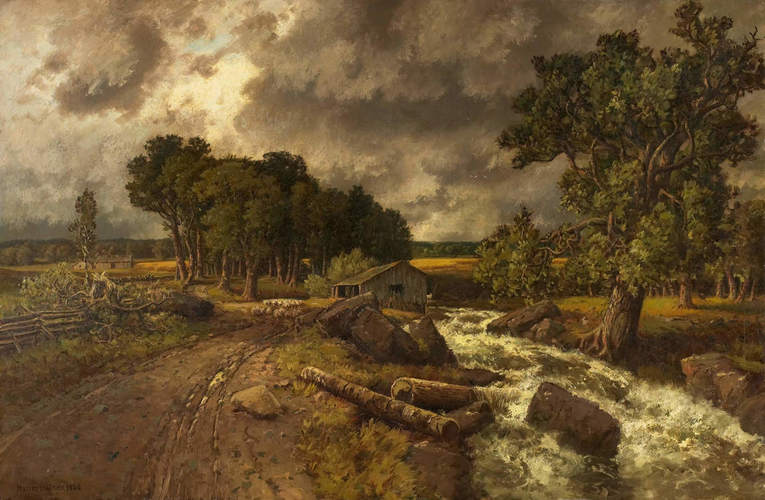
Oil on canvas, 96.5 x 147.3 cm, Art Gallery of Ontario, Toronto
This Essay is excerpted from Homer Watson: Life & Work by Brian Foss.
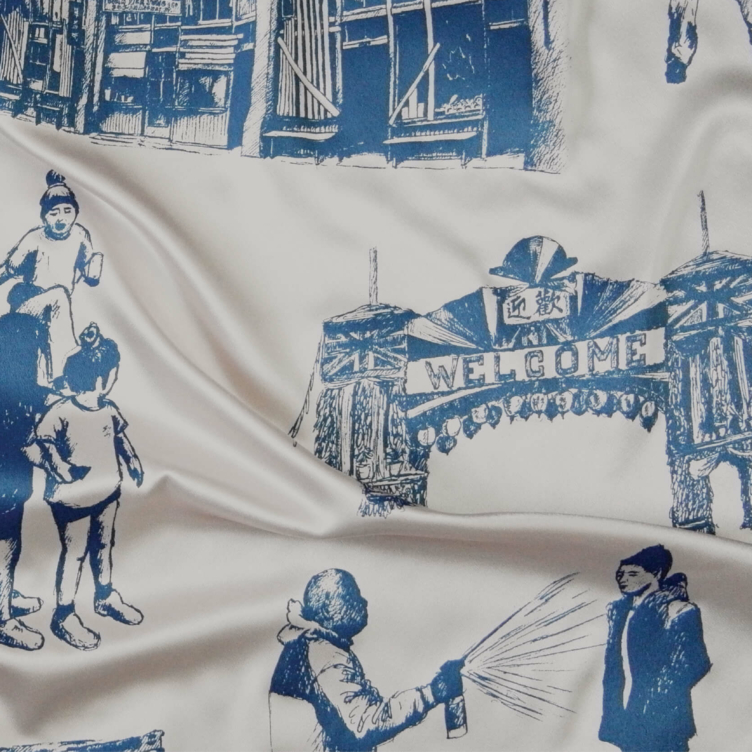 Karen Tam’s Autumn Tigers
Bridging Past and Present: Invisible Made Visible
By Imogene L. Lim, PhD
Karen Tam’s Autumn Tigers
Bridging Past and Present: Invisible Made Visible
By Imogene L. Lim, PhD
 The Frontier Portraits of C.D. Hoy
A Chinese Canadian Photographer’s Tribute to His Community
By Faith Moosang
The Frontier Portraits of C.D. Hoy
A Chinese Canadian Photographer’s Tribute to His Community
By Faith Moosang
 Interrogating Identity
Suzy Lake explores the role of photography in shaping how we understand and see ourselves
By Erin Silver
Interrogating Identity
Suzy Lake explores the role of photography in shaping how we understand and see ourselves
By Erin Silver
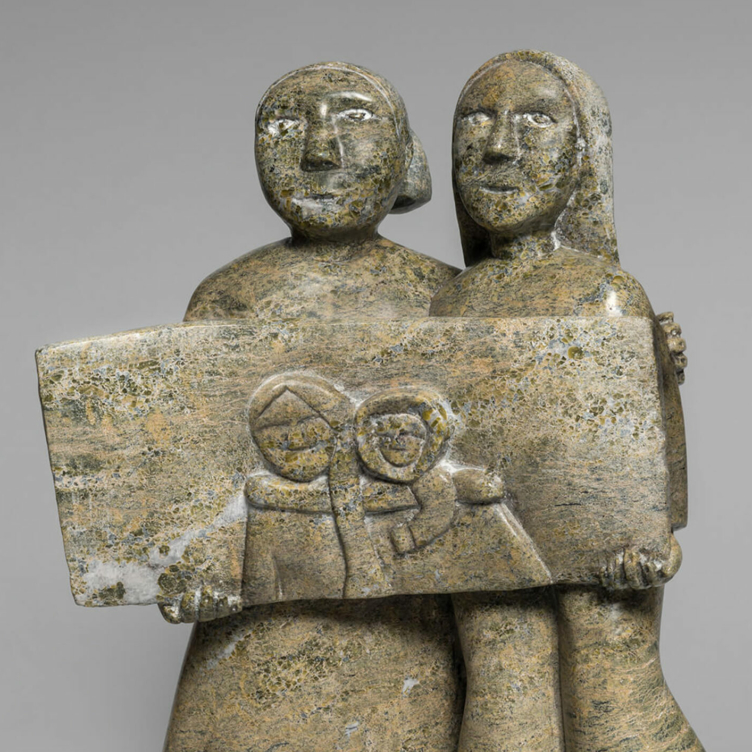 An Emboldened Artist
How Oviloo Tunnillie achieved rare international acclaim as an Inuit female sculptor
By Darlene Coward Wight
An Emboldened Artist
How Oviloo Tunnillie achieved rare international acclaim as an Inuit female sculptor
By Darlene Coward Wight
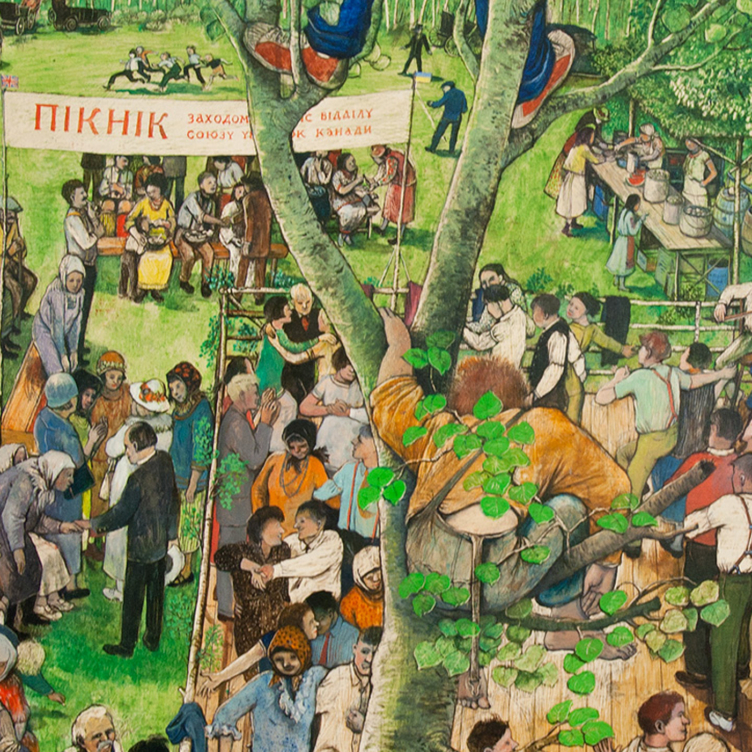 Painting the Cultural Mosaic
William Kurelek traversed the country in a quest to capture its diverse inhabitants
By Andrew Kear
Painting the Cultural Mosaic
William Kurelek traversed the country in a quest to capture its diverse inhabitants
By Andrew Kear
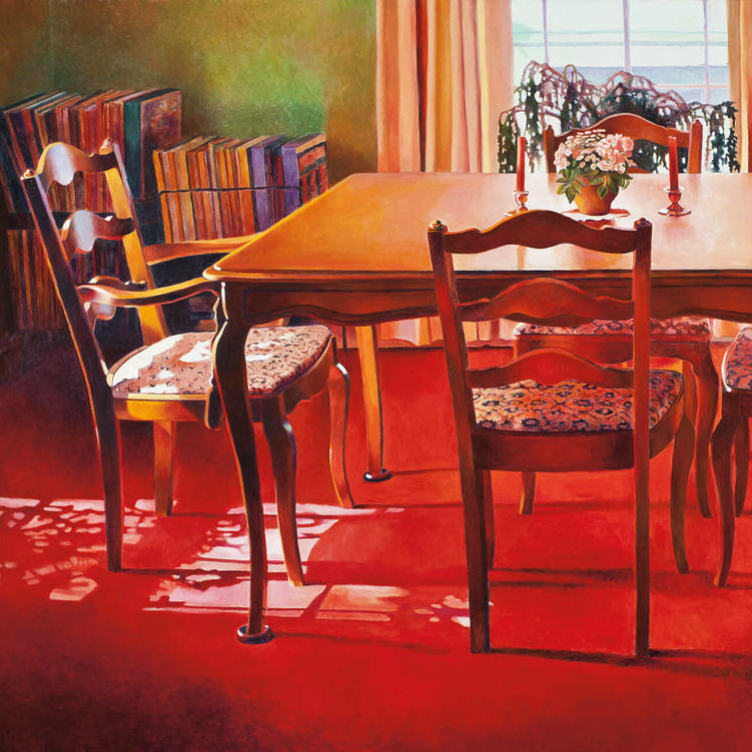 Domestic Discontent
Mary Pratt’s poetic scenes of home life are praised for their political edge
By Ray Cronin
Domestic Discontent
Mary Pratt’s poetic scenes of home life are praised for their political edge
By Ray Cronin
 A New Vision of the North
Annie Pootoogook’s art offers unprecedented insights into the contemporary Arctic
By Nancy G. Campbell
A New Vision of the North
Annie Pootoogook’s art offers unprecedented insights into the contemporary Arctic
By Nancy G. Campbell
 Meetings of Minds
Sorel Etrog found new ideas in collaborative work
By Alma Mikulinsky
Meetings of Minds
Sorel Etrog found new ideas in collaborative work
By Alma Mikulinsky
 Introducing Miss Chief
An excerpt from the ACI’s book “Revision and Resistance”
By Shirley Madill
Introducing Miss Chief
An excerpt from the ACI’s book “Revision and Resistance”
By Shirley Madill
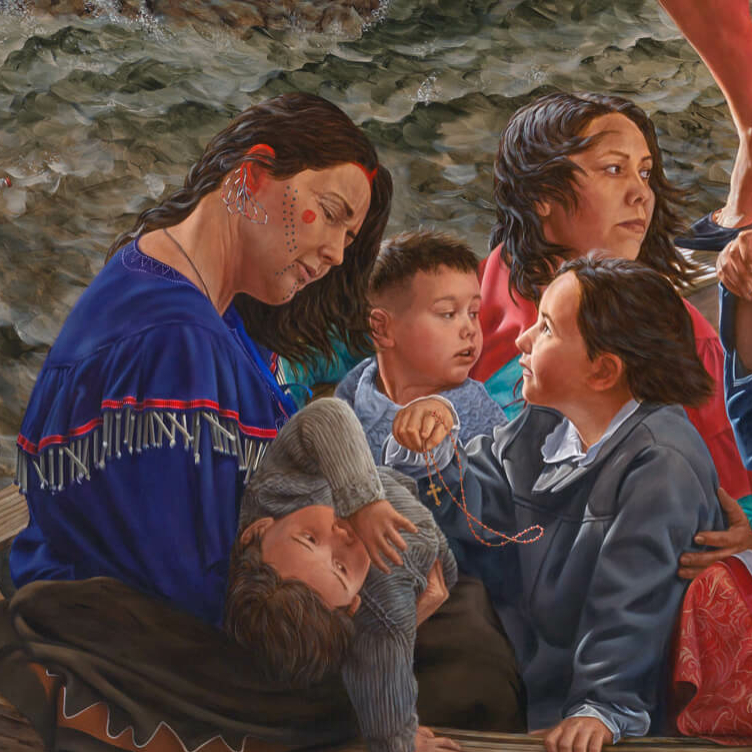 A Practice of Recovery
An excerpt from the ACI’s book “Revision and Resistance”
By Sasha Suda
A Practice of Recovery
An excerpt from the ACI’s book “Revision and Resistance”
By Sasha Suda
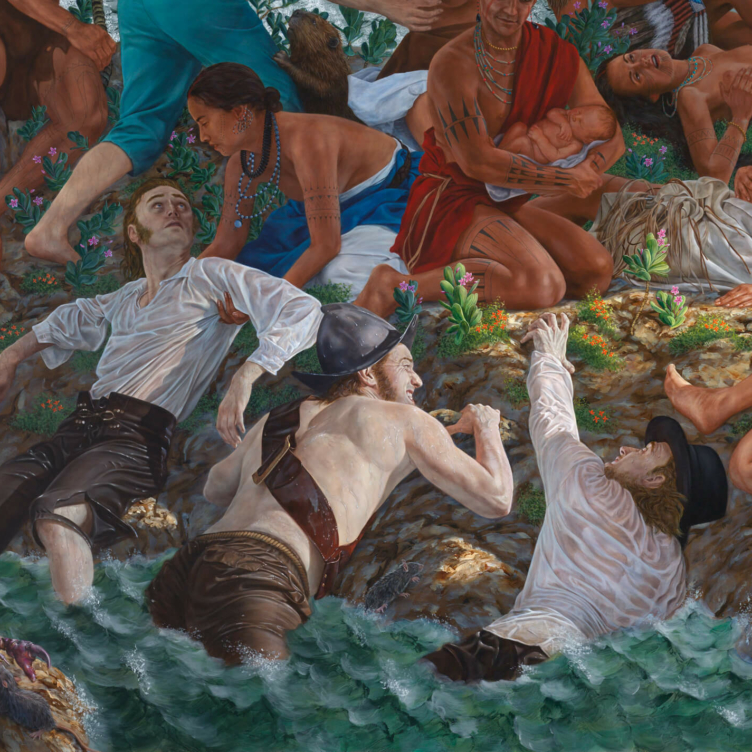 Decolonizing History Painting
An excerpt from the ACI’s book “Revision and Resistance”
By Ruth B. Phillips and Mark Salber Phillips
Decolonizing History Painting
An excerpt from the ACI’s book “Revision and Resistance”
By Ruth B. Phillips and Mark Salber Phillips
 A Vision for the Future
An excerpt from the ACI’s book “Revision and Resistance”
By Nick Estes
A Vision for the Future
An excerpt from the ACI’s book “Revision and Resistance”
By Nick Estes
 Inside Kent Monkman’s Studio
An excerpt from the ACI’s book “Revision and Resistance”
By Jami C. Powell
Inside Kent Monkman’s Studio
An excerpt from the ACI’s book “Revision and Resistance”
By Jami C. Powell
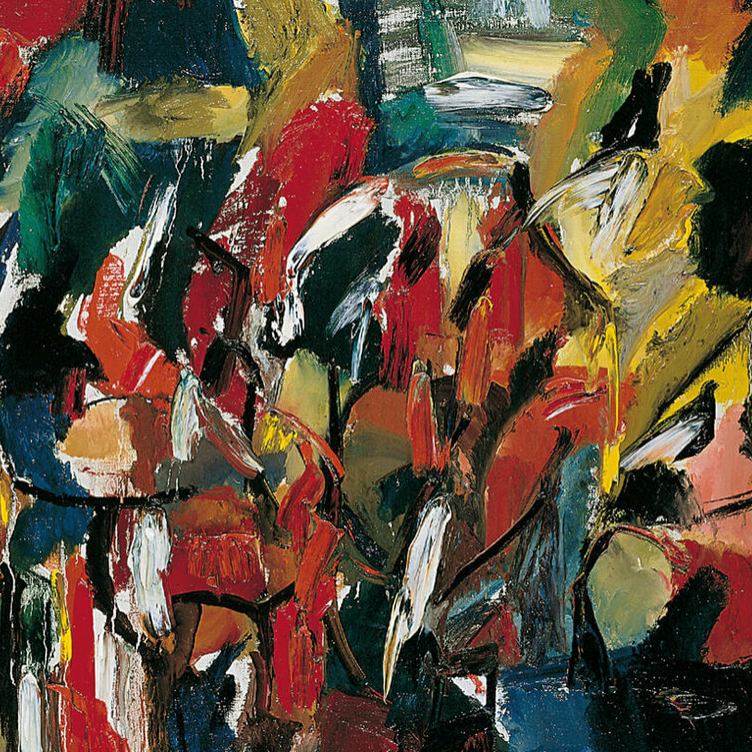 The Rule of Chance
Jean Paul Riopelle’s break with Automatism
By François-Marc Gagnon
The Rule of Chance
Jean Paul Riopelle’s break with Automatism
By François-Marc Gagnon
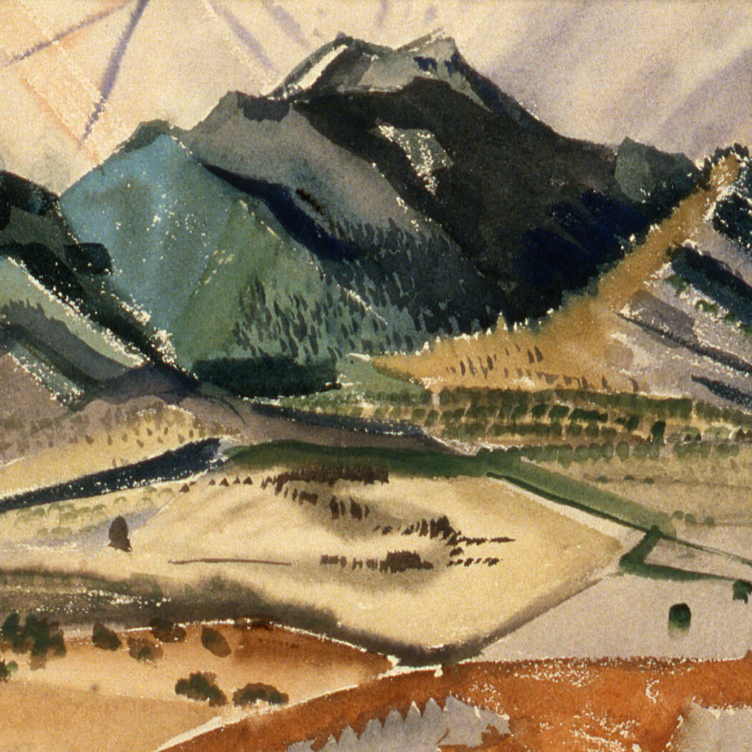 From Taos to New York
Agnes Martin and the currents of American Art
By Christopher Régimbal
From Taos to New York
Agnes Martin and the currents of American Art
By Christopher Régimbal
 An Artist Blooms
Mary Hiester Reid’s floral aesthetics
By Andrea Terry
An Artist Blooms
Mary Hiester Reid’s floral aesthetics
By Andrea Terry
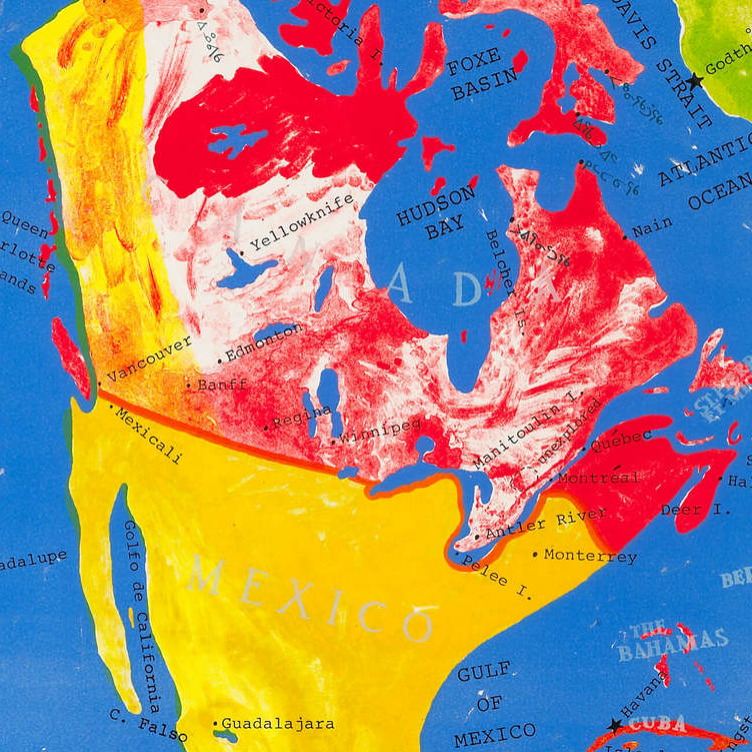 The Patriotic Painter
Greg Curnoe’s Canada
By Judith Rodger
The Patriotic Painter
Greg Curnoe’s Canada
By Judith Rodger
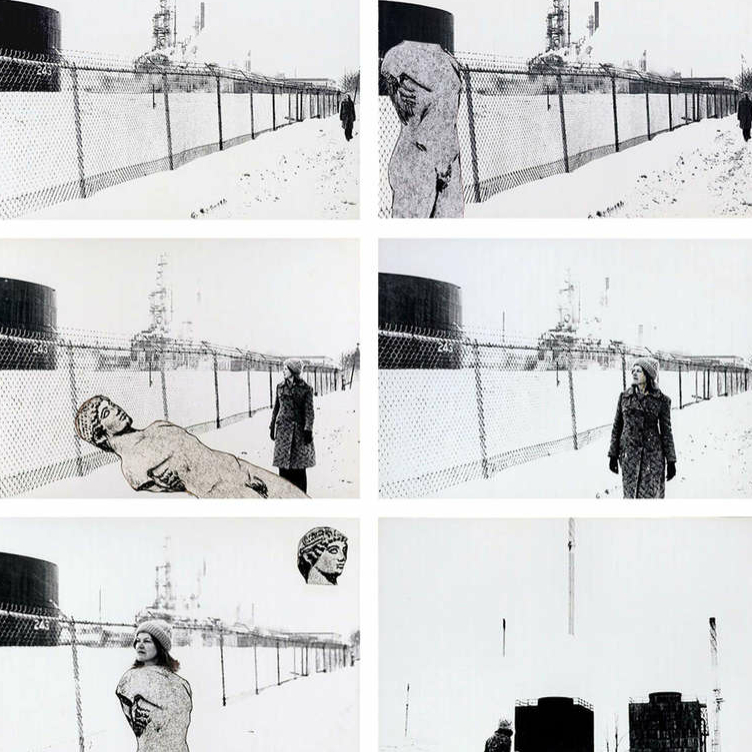 Walking, Stacking, Dancing
Françoise Sullivan’s conceptual 1970s
By Annie Gérin
Walking, Stacking, Dancing
Françoise Sullivan’s conceptual 1970s
By Annie Gérin
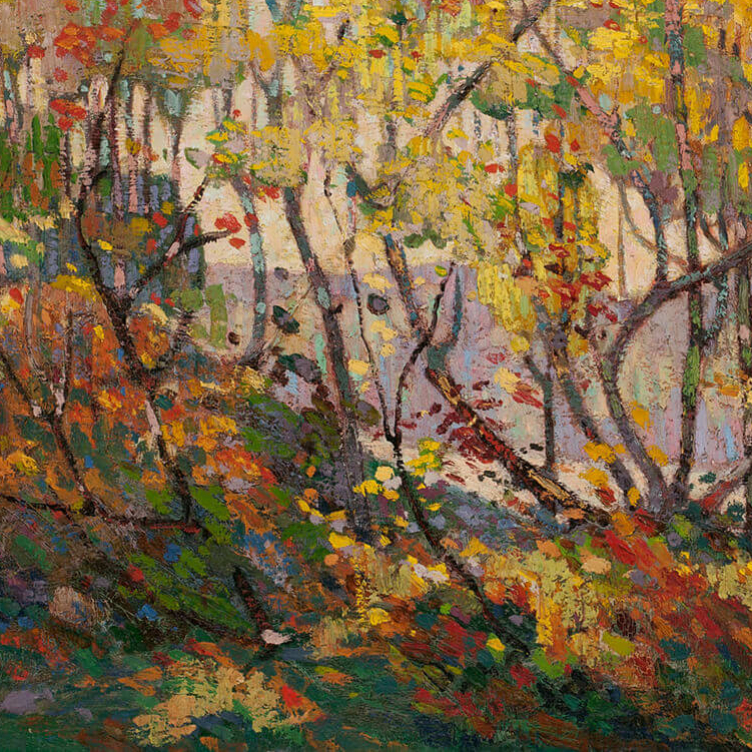 The Extraordinary North
Tom Thomson’s diary of landscape
By David P. Silcox
The Extraordinary North
Tom Thomson’s diary of landscape
By David P. Silcox
 A Champion of Abstraction
Jock Macdonald sought a new expression in art
By Joyce Zemans
A Champion of Abstraction
Jock Macdonald sought a new expression in art
By Joyce Zemans